News 2/14/12
ADP AdvancedMD and ChartLogic announce a combined best-of-breed offering that includes ADP’s PM system and ChartLogic’s EMR.
The local paper profiles United Community and Family Services, a 13-provider community health center in Norwich, CT, which last month selected Greenway Medical’s EMR.
The 50-provider Imperial Calcasieu Medical Group (LA) selects Encoda’s BackOffice EDI technology.
The Bureau of Labor Statistics predicts that the number of jobs in the ambulatory care setting will grow 32.7%, which is faster than for inpatient services and other sectors in the economy. Job creation will be driven primarily by new positions for managers, PAs, nurses, medical assistants, financial clerks, administrators, and physicians and surgeons.
The AAFP’s TransforMED subsidiary publishes an updated version of its Medical Home Implementation Quotient, a free online tool to measure a practice’s progress towards implementation of a patient-centered medical home. The toolkit is based on the elements included in the NCQA PCMH 2011 Standards and Guidelines.
A Vitera Healthcare survey finds that 25% of practices are not aware of the required transition to ICD-10, though larger organizations appear more aware and have a greater sense of urgency. Fifty-nine percent of the respondents say they will upgrade their existing PM product or purchase a new solution to fulfill ICD-10 requirements. The press release does not provide details of the survey methodology and does not indicate whether or not the respondents were Vitera customers.
PM and RCM service and software provider MTBC acquires United Physicians Management Services, a provider of outsource and consulting services for physicians.
Medinova Physicians (NY) expands its partnership with PatientPoint to include care coordination technology and NCQA PCMH consulting services. Medinova will deploy PatientPoint’s HealthSync Care Coordination platform, which will integrate with the practice’s existing PM/EHR.
CCHIT says that 71% of complete EHRs used by EPs and hospitals that have successfully attested for MU are dually certified under both the ONC-ATCB and CCHIT Certified programs.
HHS announces a $9.1 million initiative aimed at encouraging medical students to serve as primary care doctors. The plan requires MDs or DOs to serve three years of full-time or six years of half-time service in rural and urban areas of greatest need. In return, the students will be provided with loan assistance of up to $120,000.
More news: HIStalk, HIStalk Mobile.





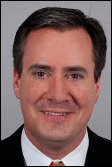




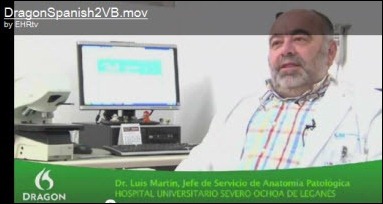
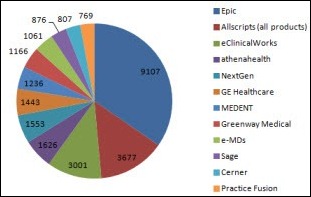


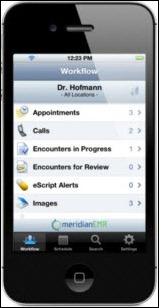

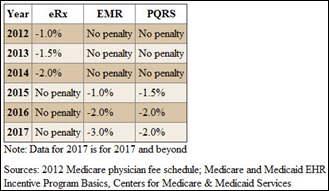
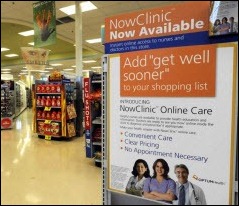

Re: Walmart Health: Just had a great dental visit this morning, which was preceded by helpful reminders from Epic, and…